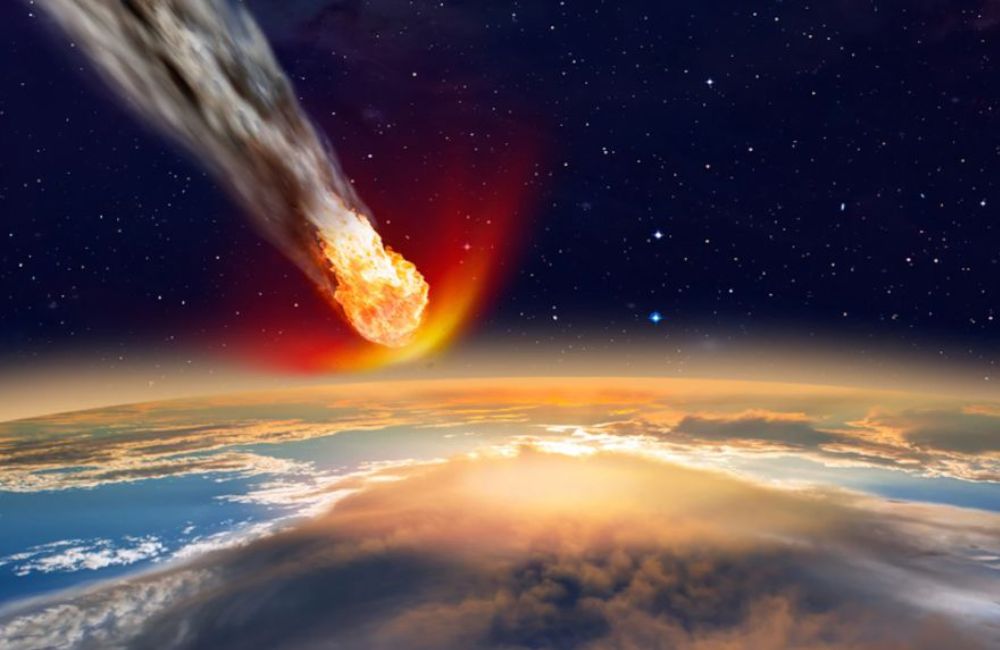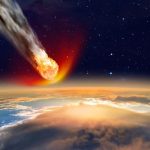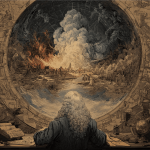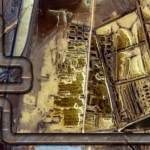Throughout human history, dreams of the end of the world have haunted storytellers, mystics, and ordinary people alike. From the biblical Book of Revelation to modern films like The Day After Tomorrow, apocalyptic visions reflect both collective and personal anxieties.
A 2022 survey by the Sleep Foundation found that nearly 22% of adults report recurring apocalyptic dreams at times of major stress. These dreams are not prophecies but mirrors of our inner turmoil. Psychologists like Carl Jung argued that archetypes of destruction often precede personal rebirth, while Sigmund Freud linked such dreams to suppressed fears.
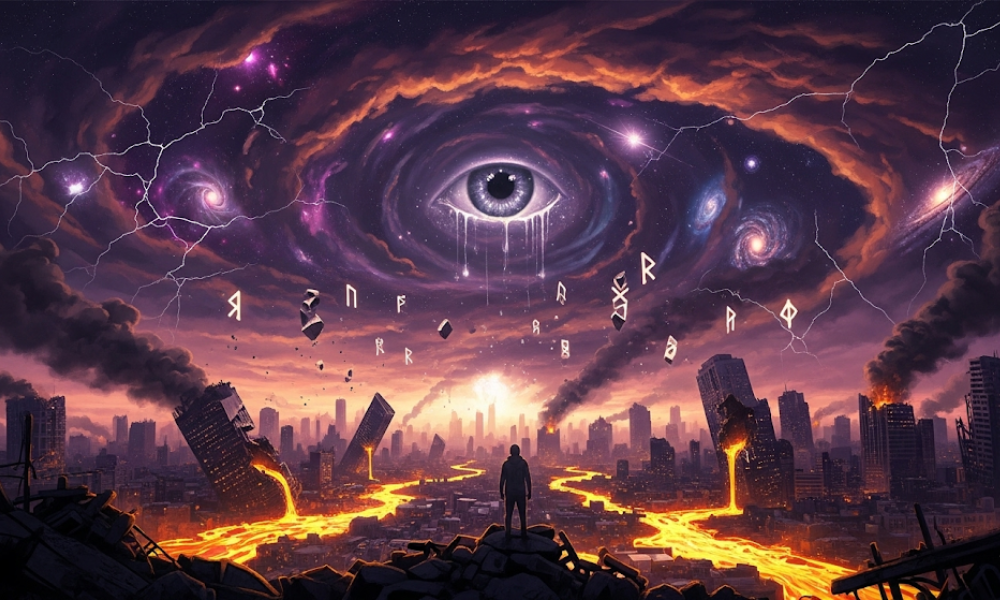
Whether you see the world consumed by fire, drowned by floods, or overtaken by alien invasions, the subconscious may be signaling profound transformation. Let us explore how these visions unfold, why they occur, and what they mean for those who wake shaken, yet searching for meaning.
What Does It Mean to Dream of the End of the World?
To dream of the end of the world is to step into a narrative as old as civilization itself. Ancient cultures saw apocalyptic visions as divine warnings—Aztec myths foretold that the world would perish in cycles of fire and flood.
Today, experts see them differently. “Dreams are not predictions; they are symbolic,” says Dr. Deirdre Barrett, Harvard dream researcher. These visions tend to surface during transitions such as divorce, job loss, or the death of a loved one.
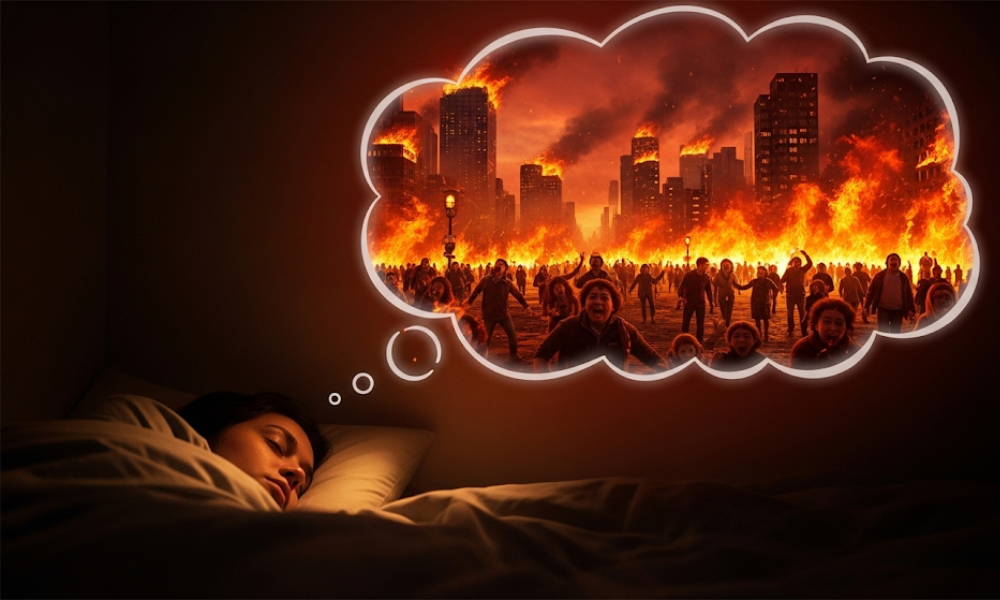
The mind, overwhelmed by change, stages an apocalypse to dramatize feelings of helplessness. What seems catastrophic in the dream may, in reality, point to endings that open new doors.
The subconscious creates a cinematic collapse to show that one chapter is closing, and another must begin. Far from being omens of doom, such dreams can be understood as a call to transformation and resilience.
Psychological Interpretations of End-of-World Dreams
Psychologists emphasize that these dreams mirror our mental state. Anxiety disorders affect 301 million people worldwide (WHO, 2023), and end-of-world dreams often spike during periods of collective uncertainty.
For example, during the height of the COVID-19 pandemic, Google Trends reported a sharp rise in “apocalypse dream” searches. Clinical psychologist Ian Wallace explains: “Apocalyptic dreams often express the dreamer’s fear that their world, as they know it, is ending.”
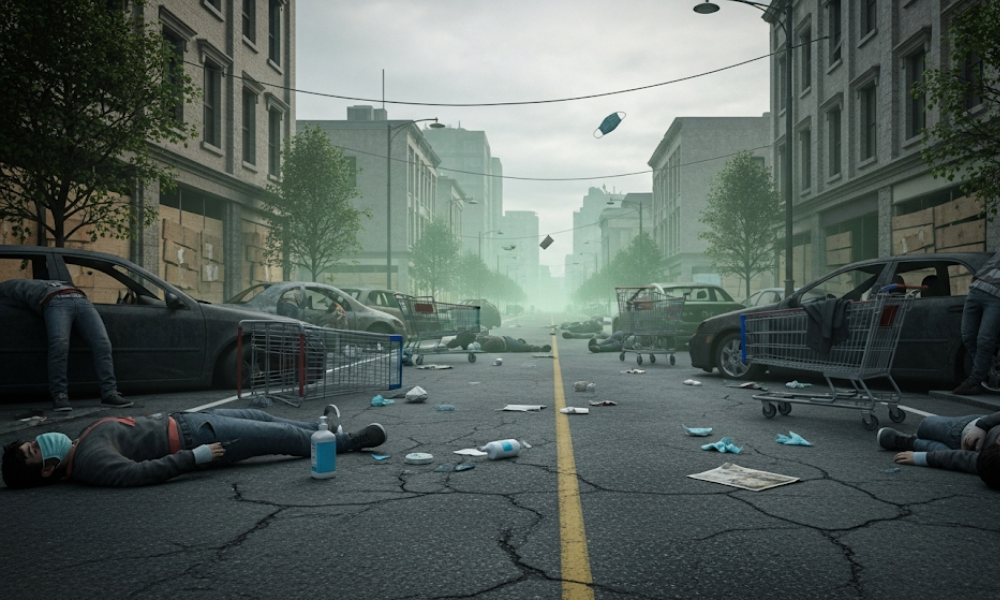
The imagery—burning skies, collapsing cities, floods—acts as a metaphor for emotions too vast to articulate in waking life. Such dreams often involve themes of helplessness, isolation, or frantic survival, reflecting fears of losing control. Yet, surviving in the dream can indicate inner strength.
The psyche uses destruction not as an ending but as a reset button, showing that psychological stress can be acknowledged, processed, and ultimately released.
Spiritual and Symbolic Meanings
Beyond psychology, spiritual traditions view end-of-world dreams as portals to renewal. The Hindu concept of Pralaya describes cosmic dissolution as necessary before creation is reborn. Similarly, Jungian archetypes frame apocalypse as symbolic death leading to individuation—the emergence of the true self.
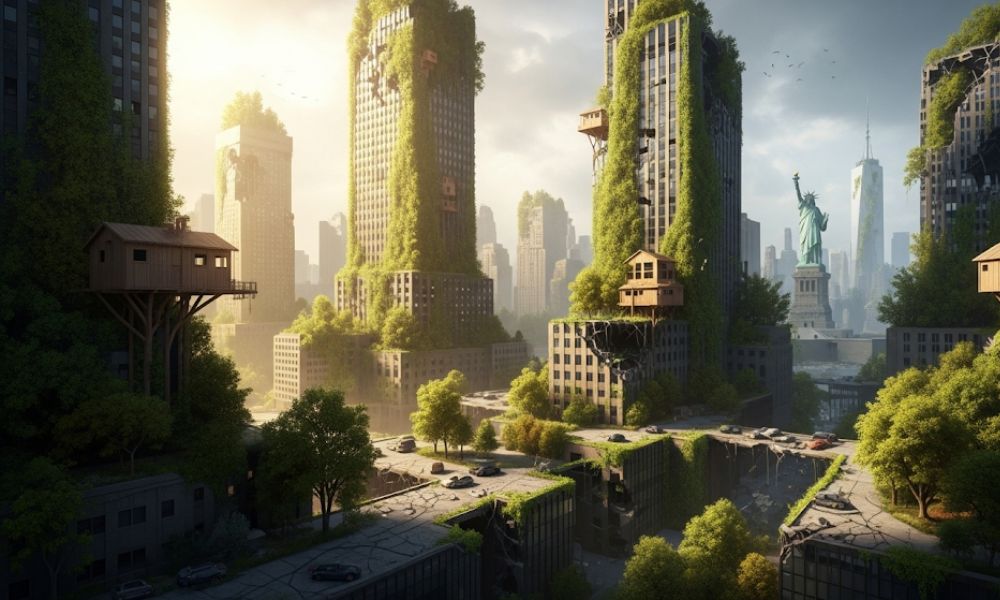
Dreams of destruction often contain paradoxical comfort: from ashes rises new life. As Joseph Campbell, mythologist and author of The Hero with a Thousand Faces, observed, “The cave you fear to enter holds the treasure you seek.” In this light, fire may burn away outdated beliefs, while floods wash emotions clean.
Such visions can even mark spiritual awakenings, where the dreamer recognizes their own mortality and embraces transformation. Whether interpreted as karmic cleansing or symbolic rebirth, the apocalyptic dream underscores one timeless truth: endings are necessary for beginnings.
Different Scenarios and Their Meanings
Floods and Water Dreams
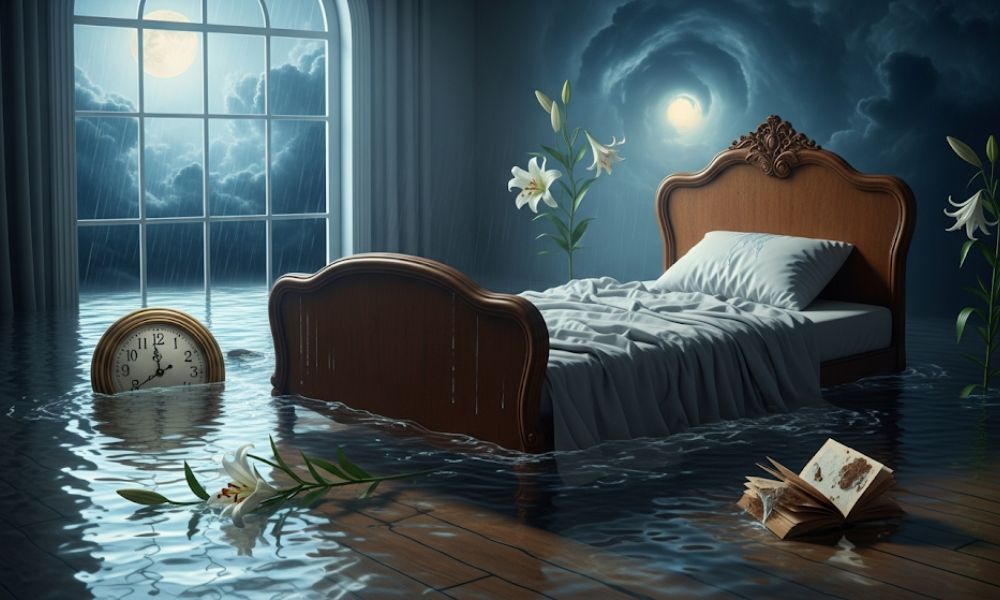
Floods symbolize emotional overwhelm. In Gilgamesh, the world is nearly destroyed by water, echoing biblical Noah’s flood. Psychologically, such dreams point to suppressed feelings demanding release.
Fire and Burning Worlds
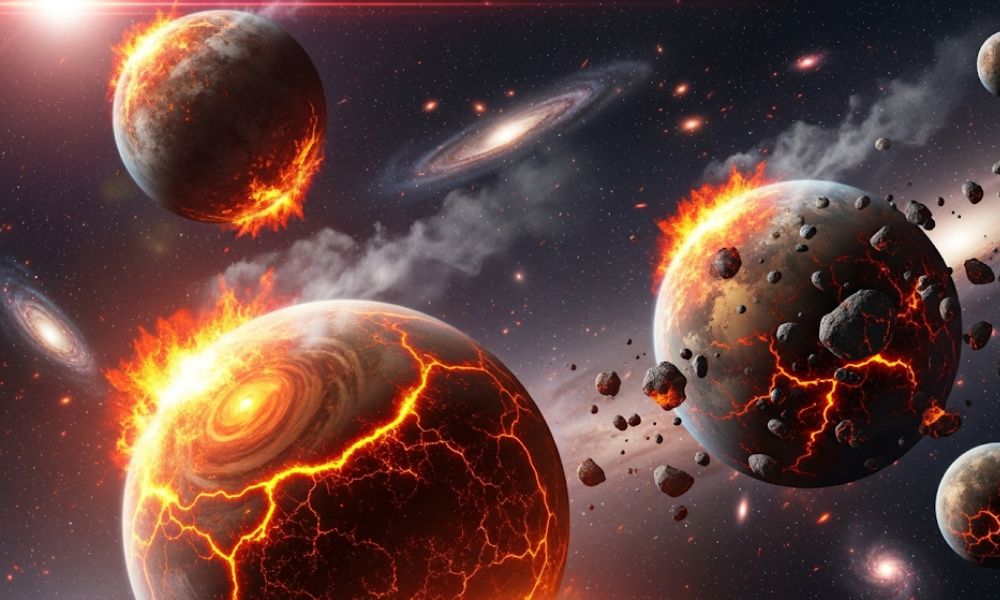
Fire represents destruction, but also purification. In alchemy, fire was the element that transformed base metals into gold. Dream fire may suggest renewal after hardship.
Viruses and Plagues
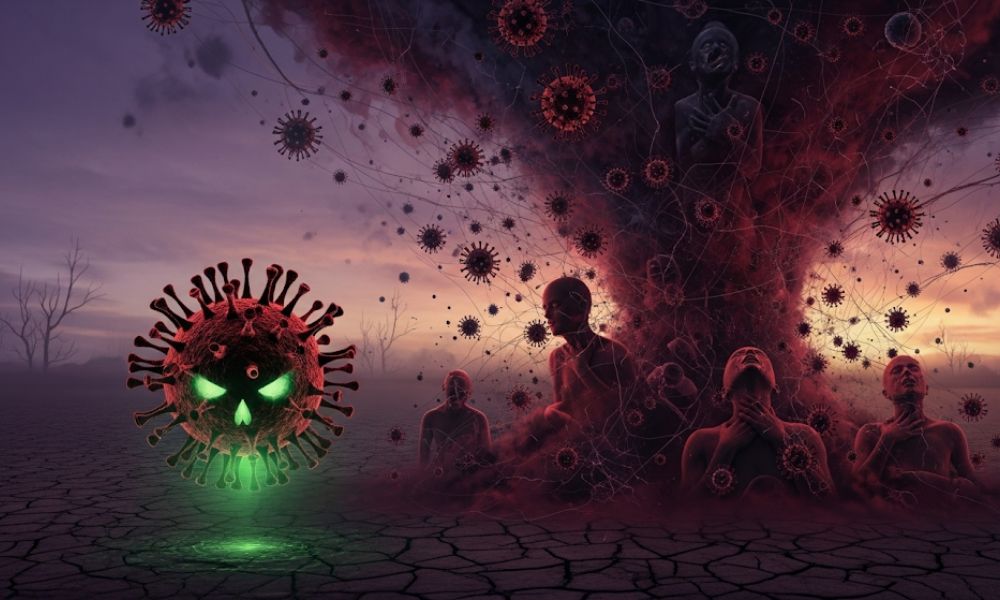
These dreams surged after COVID-19. They symbolize enduring challenges and the struggle to adapt. “They reflect the body’s awareness of vulnerability,” notes dream analyst Lauri Loewenberg.
War and Conflict
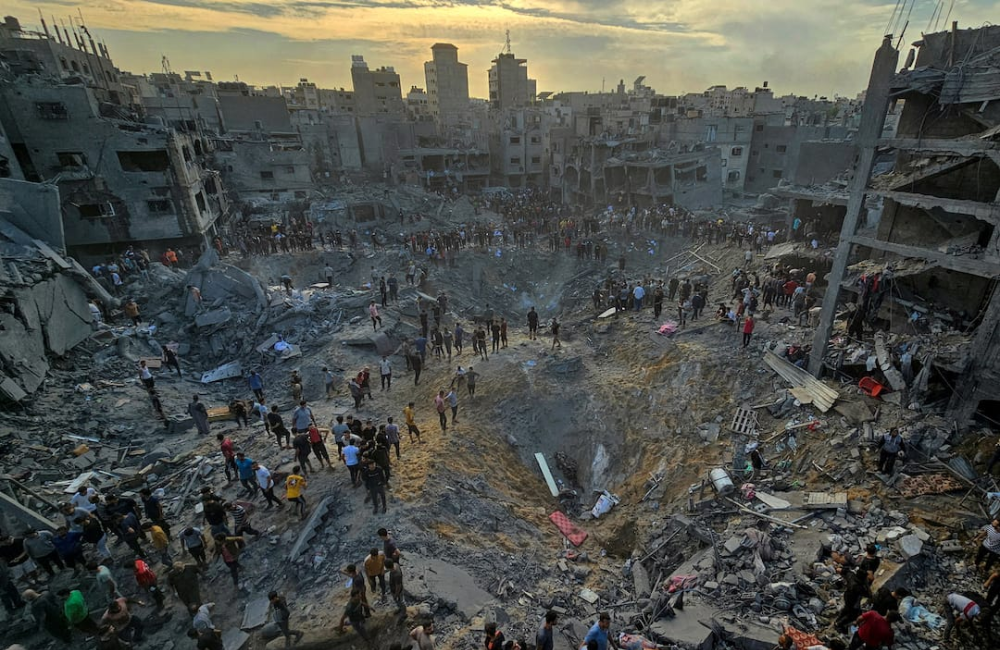
War dreams highlight inner turmoil or external pressures. Tolstoy’s War and Peace echoes the chaos of conflict, reflecting instability in the dreamer’s personal world.
Asteroids and Sudden Destruction
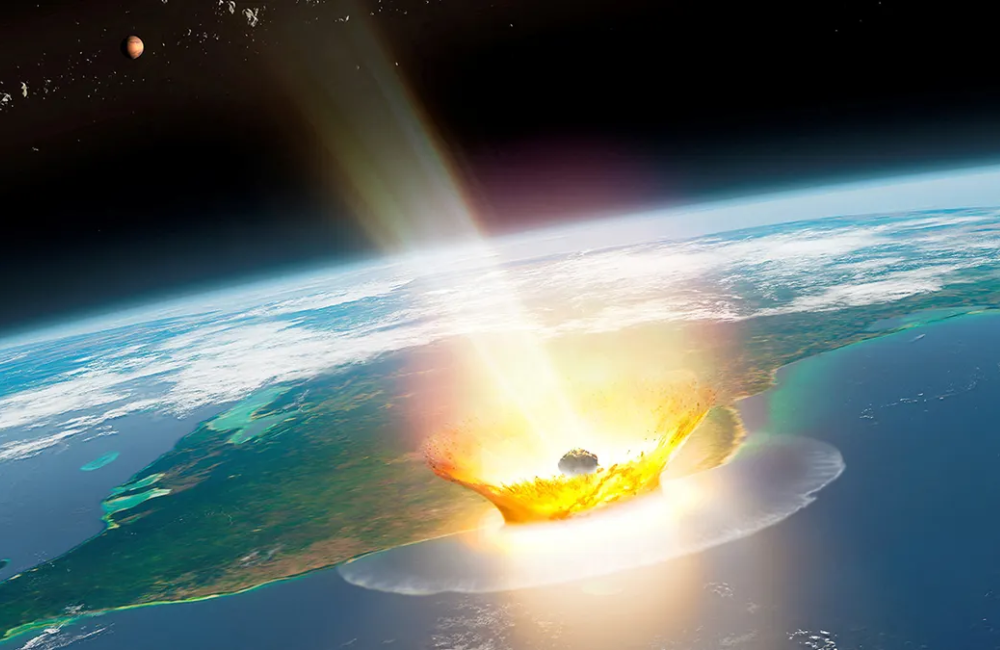
Asteroids signify unexpected disruption—like sudden job loss or shocking news. The randomness mirrors fear of events beyond control.
Alien Invasions or Robots
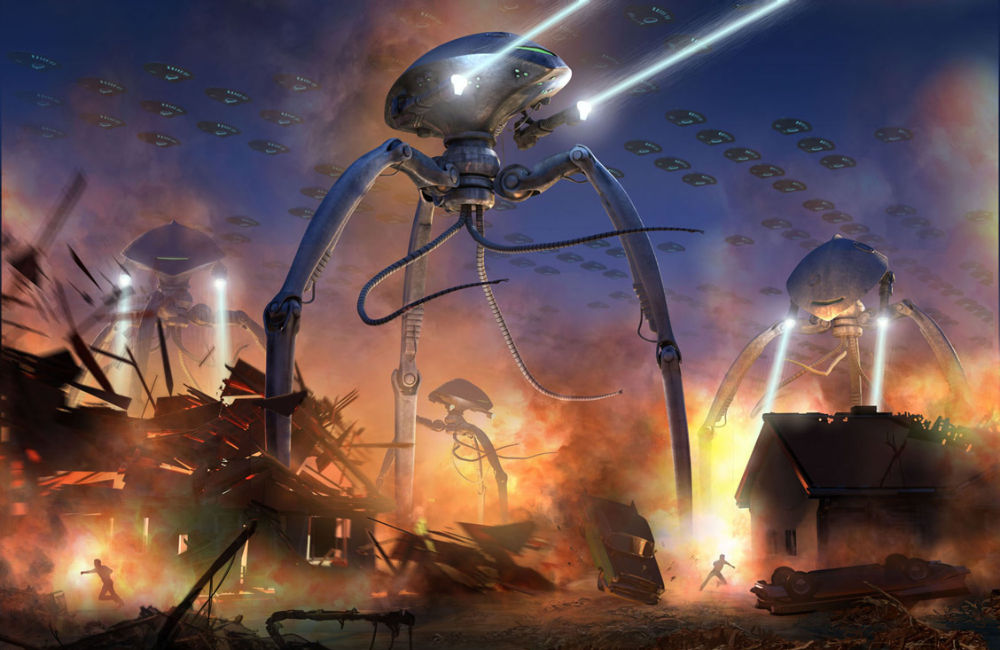
These scenarios symbolize technology, societal pressures, and fears of losing autonomy. As AI advances, such dreams reflect anxieties about human relevance.
Why Do These Dreams Happen?
End-of-world dreams are most common during major life transitions. Graduating, moving cities, or entering a new relationship can feel like the collapse of a familiar world. Stress hormones like cortisol heighten vivid dream activity, especially during REM sleep.
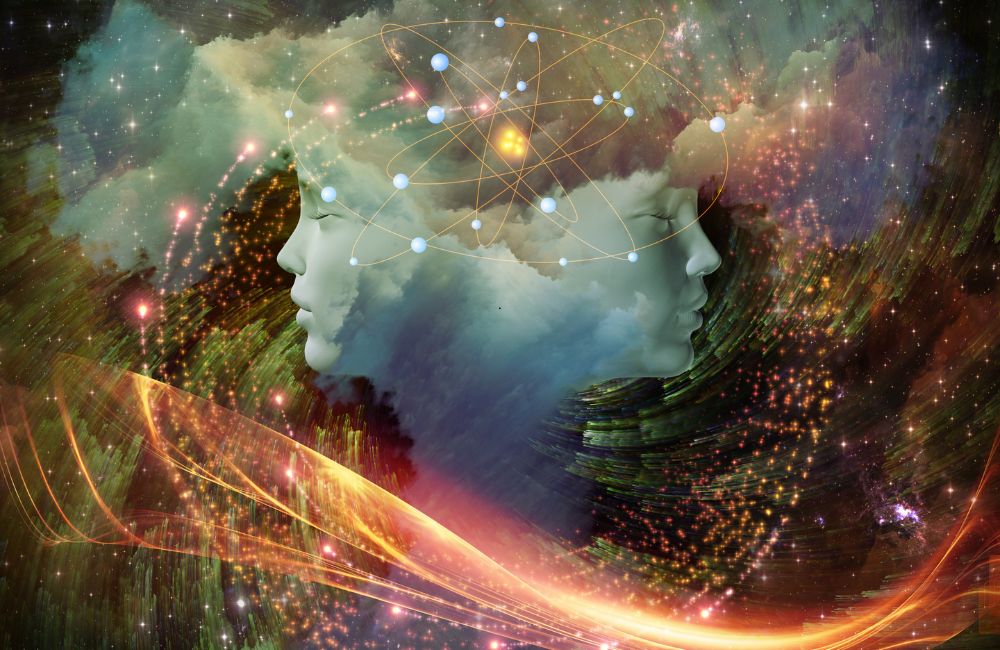
Media consumption also plays a role: disaster films and news reports on climate change or war can embed imagery into the subconscious. Neuroscientist Matthew Walker, author of Why We Sleep, explains: “Dreams act as emotional first aid, helping us process overwhelming experiences.”
Thus, the apocalypse in dreams may be less about prophecy and more about the brain working to restore balance. Current events—from pandemics to global warming—only intensify the imagery, making personal anxieties appear on a grand, catastrophic stage.
How to Understand Your Own Dream of the End of the World
Interpreting these dreams requires personal context. Keeping a dream journal can reveal repeating themes. Did you survive the disaster, or perish? Did you feel fear, or calm? For instance, a dreamer who calmly accepts fire may unconsciously be ready to release the past, while one who drowns in floods may be overwhelmed by repressed grief.
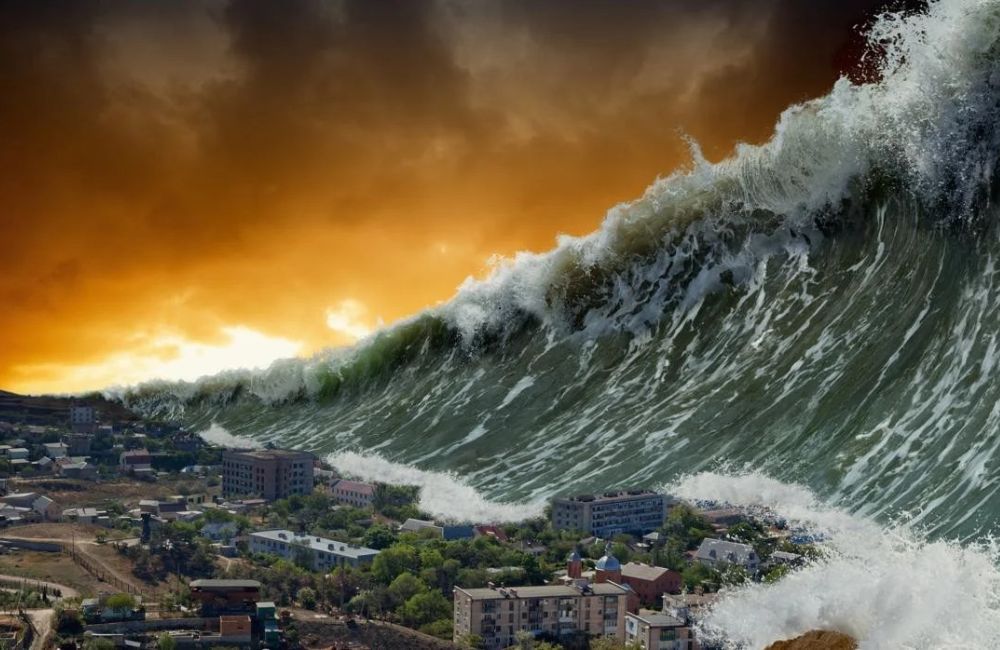
Carl Jung advised paying attention to symbols that recur across time. Comparing your apocalyptic dreams to daily stressors can reveal triggers—such as financial strain, relationship tension, or cultural fears. Reflection is key: these dreams rarely come from nowhere. They carry messages from the subconscious, urging you to confront, adapt, and grow.
Coping with Recurring End-of-World Dreams
Recurring apocalyptic dreams can leave you exhausted. But they can also become guides. Stress-reduction practices—such as mindfulness, yoga, and journaling—help reduce their intensity. Cognitive-behavioral therapy (CBT) for insomnia has proven effective in reframing distressing dreams.
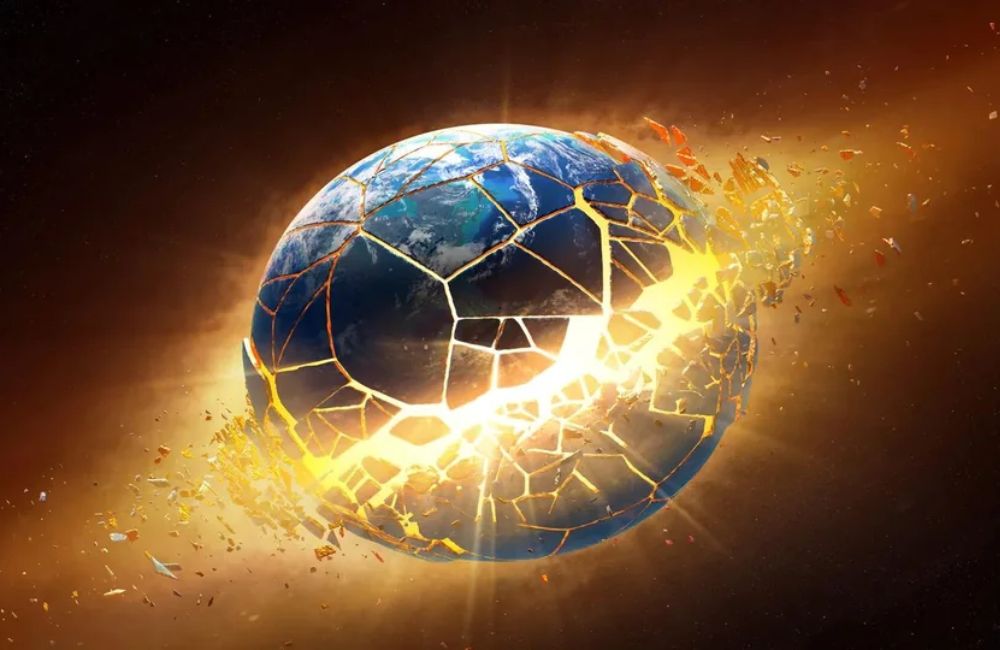
If nightmares persist, dream rehearsal therapy (DRT), where you consciously rewrite the dream’s ending, can help. Psychiatrist Ernest Hartmann once said: “Nightmares are the brain’s attempt at connecting powerful emotion with powerful imagery.”
By confronting the fear within, you turn the dream into an ally. If these dreams stem from trauma, professional guidance may be essential. Instead of resisting them, approach them as lessons. The more you listen, the less frightening they become.
Final Thoughts on End-of-World Dreams
Dreams of the end of the world are not about destruction—they are about transformation. History, psychology, and spirituality all agree that endings are preludes to beginnings. Whether through flood, fire, or cosmic catastrophe, these visions reflect the collapse of old structures, clearing space for growth.
As Jung wrote, “In all chaos there is a cosmos, in all disorder a secret order.” The challenge is not to fear the apocalypse within, but to understand it. Your dream is not foretelling the end of Earth, but signaling the end of something in your life—an invitation to rebuild with greater strength, clarity, and purpose.
